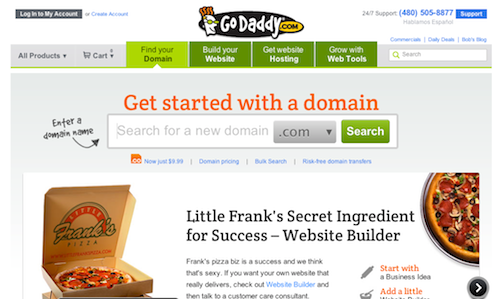I’ve been writing this blog since 2007. For the first couple of years, I blogged because I enjoyed sharing insight rather than to make money. Over the last few years, it’s turned into a relatively decent business as a result of having advertisers. If it wasn’t for the advertising revenue, I would be doing other things to generate an income since time=money. In this post, I want to share information about how you can make money with a blog.
I am sure something like this has been shared many times before, but I wanted to offer some personal insight into how to earn money from a blog. Some of these tips seem pretty simple, but like almost everything else, they require work. Perhaps you can make money with a blog and earn a living doing something you love.
I don’t think I would start a blog today with the hopes of making a living from it, and perhaps that is the key to making money from blogging. However, if you are passionate about a topic, perhaps you can turn a hobby into a living by monetizing a blog.
Some tips to make money with a blog:
Step 1:
- Choose a topic you are passionate and knowledgable about (expert level if possible)
- Write articles about various topics related to the main topic of the blog
- Don’t simply post news or press releases – actually write interesting articles
- Get to know other people in that field and discuss the topic with them so they get to know you better
- Do business with potential advertisers
- Link to other sources in the field with your articles and comment on other blogs, sites, forums…etc so people get to know you.
- If necessary, advertise your website on other websites to grow your readership
- Build a measurable audience (get traffic)
- Encourage feedback from readers and interact with audience when they comment
- Use social media to grow your audience
- Be honest and open with readers so they get to know you and respect your opinion on topics, whether they agree with you or not
Step 2:
- See who is advertising in the field and get to know them personally if possible
- Open up ad space on your site and offer competitive rates
- Meet industry leaders who sell products or services in your field and offer your ad space (discount it if necessary)
- Continue writing good content while interacting with people who have an interest in the topic
Step 3:
- Sell all of your ad space, even if it means it’s discounted
- Create a waiting list of advertisers
- Increase prices to a point where there is value for advertisers and demand for space
- Continue writing good content regularly
Finally, I wanted to offer some resources that may help you make money with a blog:





